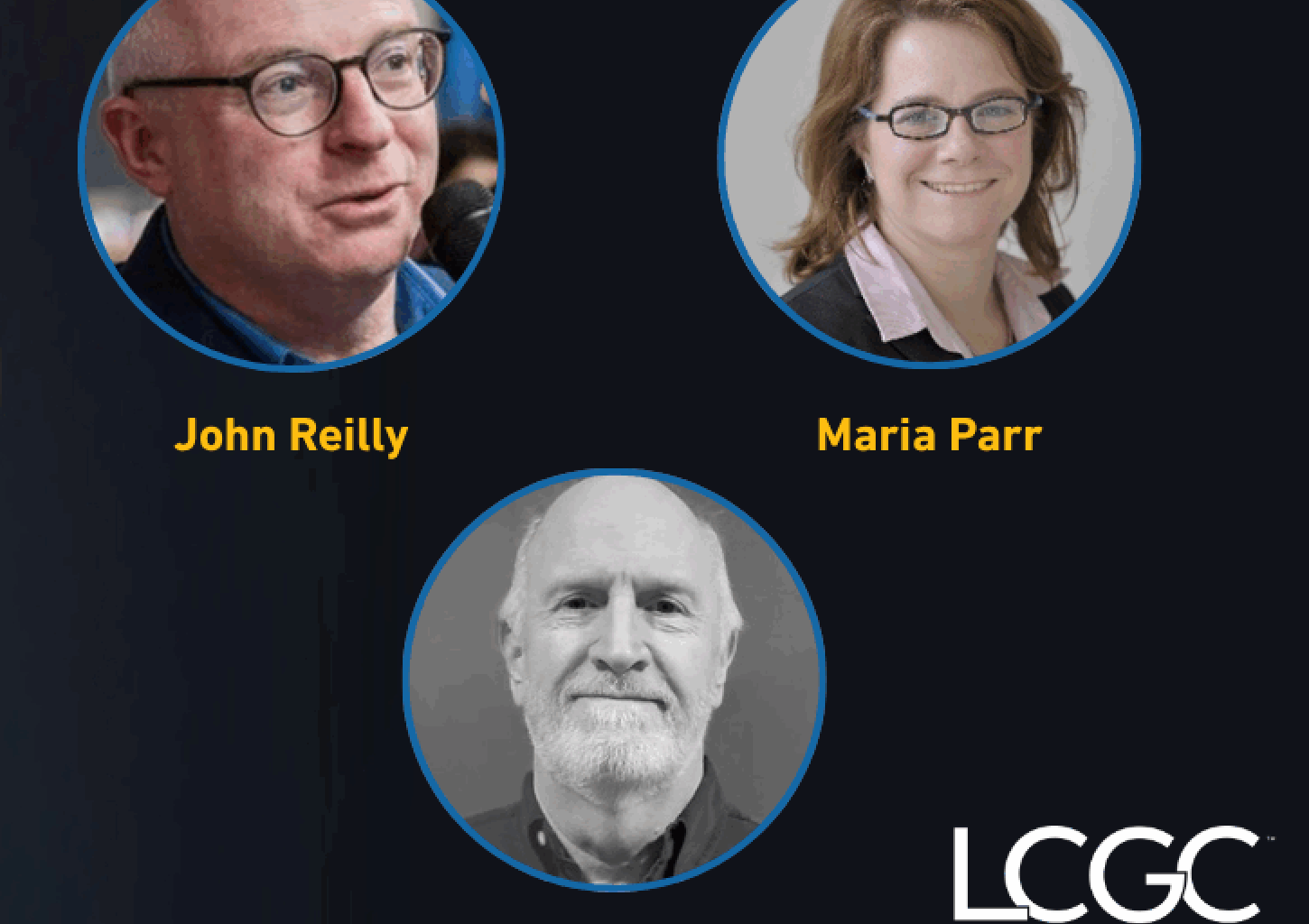How is supercritical fluid chromatography (SFC) being adopted in environmental or food analysis, particularly in screening for trace-level contaminants or complex natural products?
John Reilly: I haven’t been close enough to these SFC applications in environmental or food analysis to comment in detail, although we recently hosted an African scholar, Susana Dufie-Boatey, here at Novartis, where we demonstrated the applicability of SFC for purification of crude extracts of Ghanian natural products. We hope to be able to publish our findings in the future, as SFC was a very efficient way to separate these polar products.
Marina Kristen Parr: SFC has been investigated in the field of anti-doping analysis, where ultra-trace levels of high numbers of suspect analytes must be covered, allowing for ultra-trace level identification. Several multiple analyte methods have been published and evaluated by different groups.
Larry Miller: There have been several presentations and publications of SFC in environmental and food analysis. The coupling of supercritical fluid extraction (SFE) to SFC can assist with trace-level analysis of complex mixtures.
Are there emerging industrial or academic research areas where SFC is gaining traction due to sustainability benefits, such as reduced solvent use or lower carbon footprint?
JR: The sustainability “Green Chemistry” approach for SFC should gain more traction, although within academic settings, I believe the more compelling argument is to be able to demonstrate more “new modality” pharmaceutical complex separations on SFC, whether this is by modification of stationary phase or by using more mixed modifiers.
MKP: In my view, the carbon footprint of analytical methods is still not the focus of industrial research due to its relatively low amount compared to preparative applications. The latter is certainly the focus in the industrial area. In academia, I see more of the general applicability of SFC in the focus of researchers, even if the sustainability aspect of SFC separations is very often mentioned in the introduction of scientific publications dealing with SFC separations. With green analytical chemistry becoming more of a focus of researchers as well, this aspect is also gaining more attention.
LM: Within the pharmaceutical industry, there is a push to make our analytical footprint more sustainable. Most of the waste generated during analysis is from the development and manufacturing groups. As SFC is used infrequently in these areas, most of the research on sustainable analytical methods is related to high performance liquid chromatography (HPLC) or gas chromatography (GC).
Biographies
John Reillyis an associate director in the Department of Global Discovery Chemistry at Novartis Institute of Biomedical Sciences, and is based in Basel, Switzerland. He currently leads the separations team, where there is a focus on providing purification and analytical characterization methodologies supporting a chemistry unit with over 250 chemists. An advocate of knowledge exchange, Reilly has had global roles in discovery and development during his time at Novartis and previously with Eli Lilly. He completed his MSc. At Birkbeck College in 1992 and his PhD in analytical science at Imperial College in 2002 after his initial BSc in chemistry at Reading University, Reading, UK in 1989. His research goals include the promotion of SFC’s new chromatographic characterization and purification methods and physicochemical affinity screens to investigate drug-like properties of molecules. Reilly has published more than 50 articles and has been a board member of The Chromatography Society. He has also been on the editorial board of Chromatography Today and American Journal of Modern Chromatography.
Maria Kristina Parr has worked as a professor for pharmaceutical analysis at Freie Universität Berlin, Germany, since 2012. The research focus of her group is mass spectrometric analysis hyphenated to different chromatographic separation techniques (GC–, LC–, and SFC-MS[/MS]), with a main focus on drug, supplement, and bioanalysis as well as anti-doping research. Investigations in drug metabolism, determination of endogenous and xenobiotic compounds, and drug-drug interactions play an important role in her research. Research activities in her team consider green and white analytical chemistry principles, quality management, and analytical quality-by-design.
Larry Miller is an Associate Director in the Discovery Analytical group at Novartis in Cambridge, MA. He has spent his career performing small molecule achiral and chiral purifications at the microgram to multi-kg scale. At Novartis, Larry manages a group responsible for analytical and purification support to the Global Discovery Chemistry function. Previously, he spent 20 years at Searle/Pharmacia, and 20 years at Amgen. Larry has over 50 peer-reviewed publications and over 55 presentations at scientific meetings and he has served as co-instructor for SFC short courses in the US, Europe, and Asia. He has been involved with the Green Chemistry Group since its inception in 2007 and currently serves as President of the group. He earned his master’s in chemistry from Roosevelt University and his bachelor’s in chemistry from the University of Illinois at Urbana-Champaign, USA.

